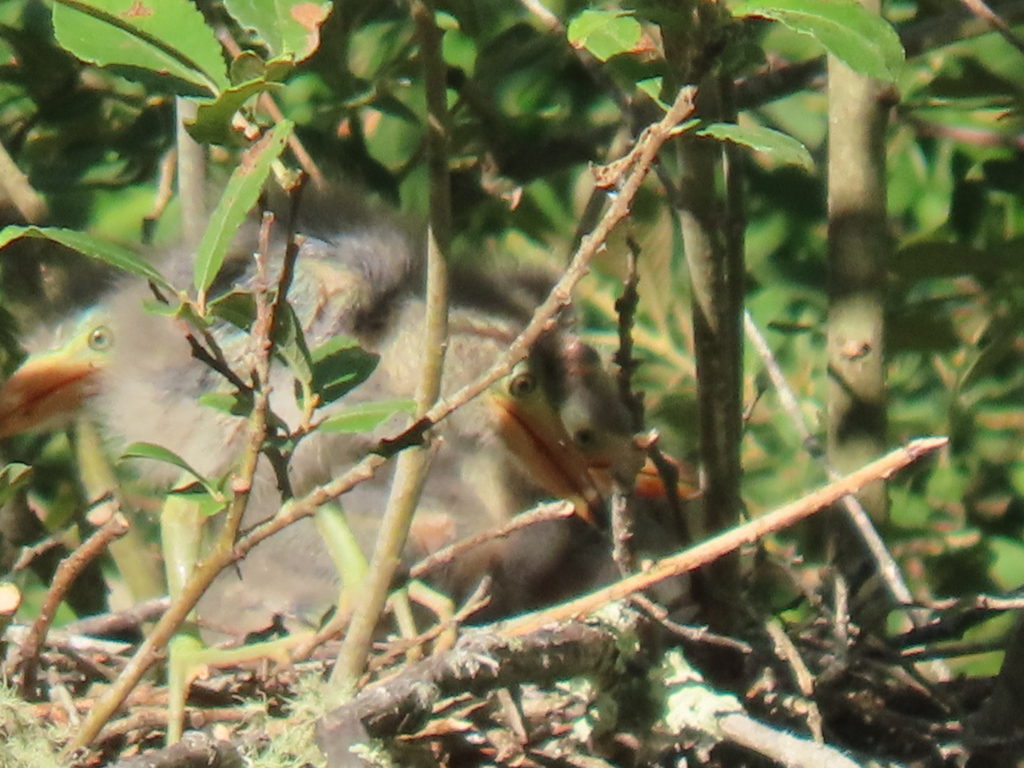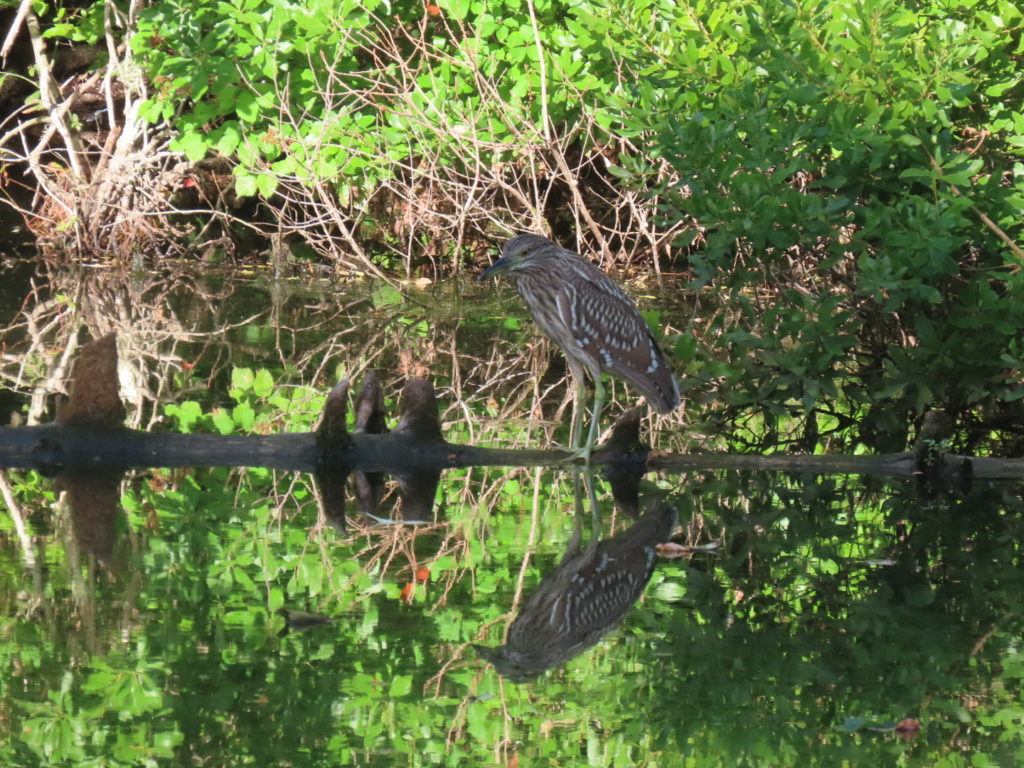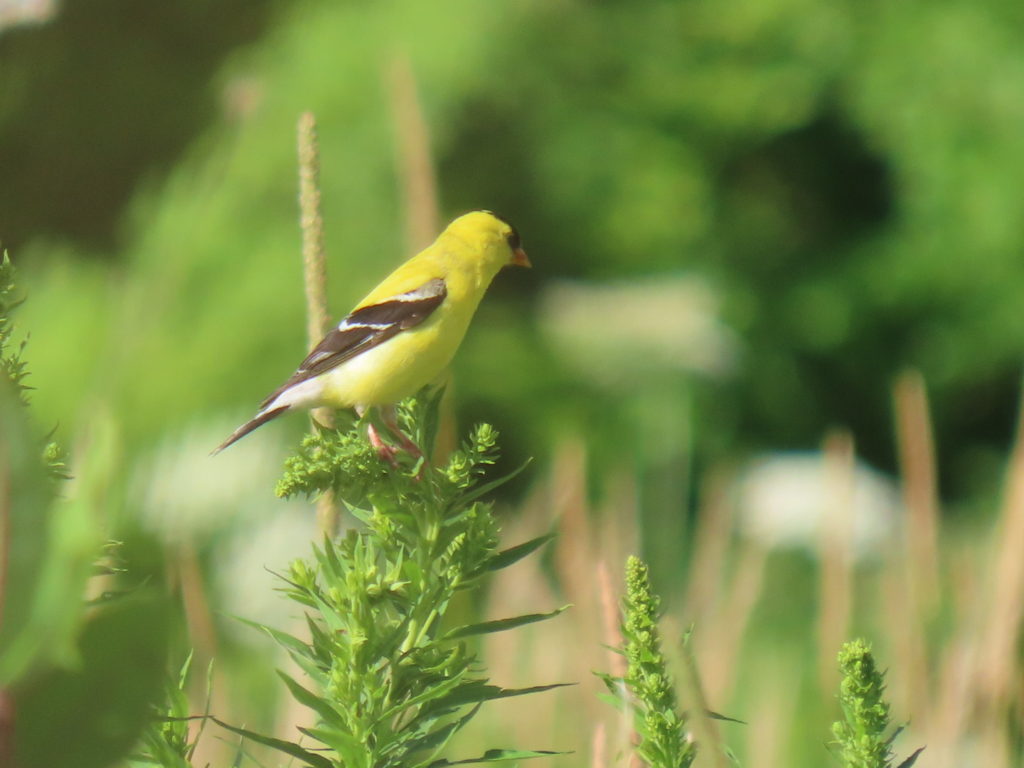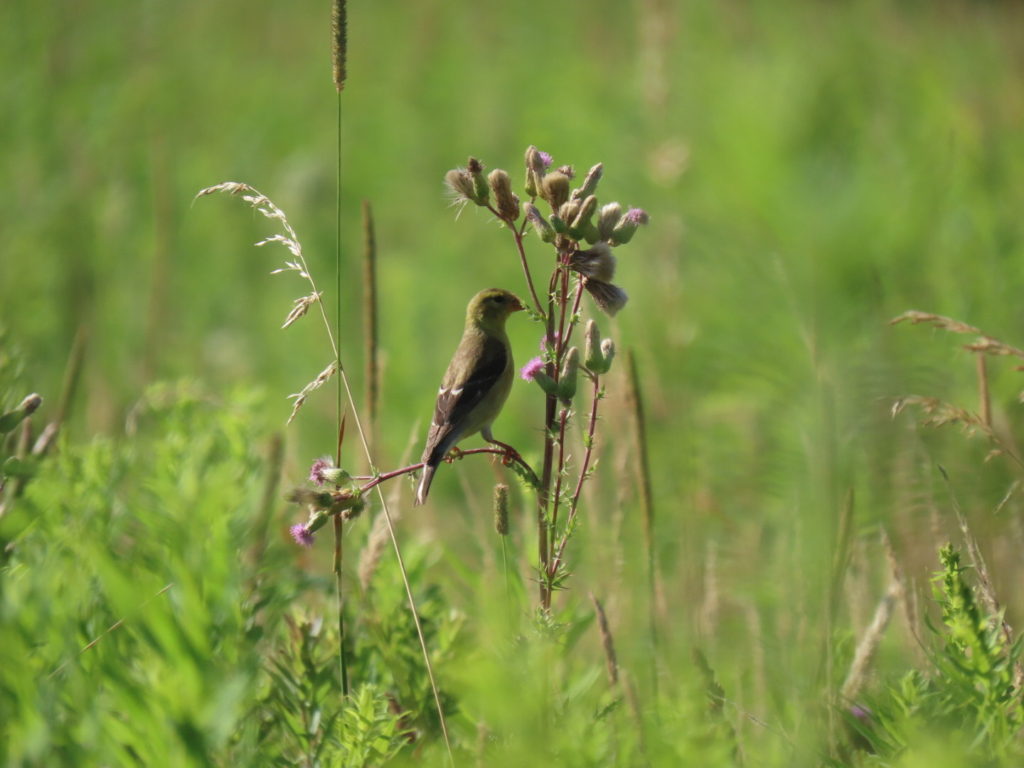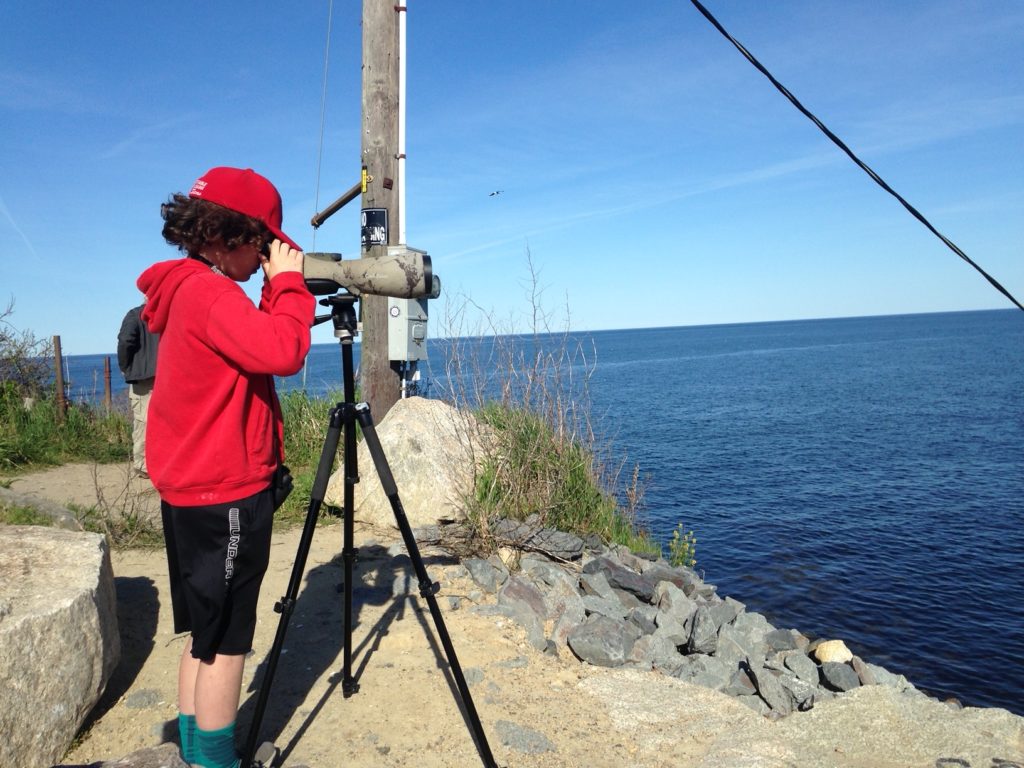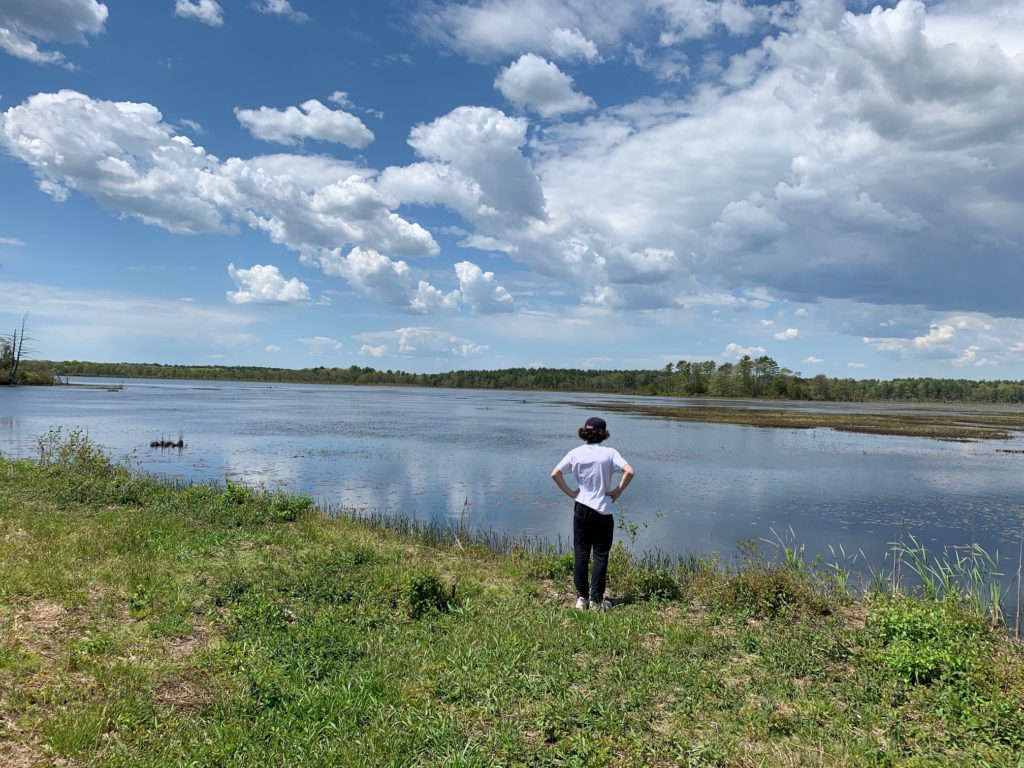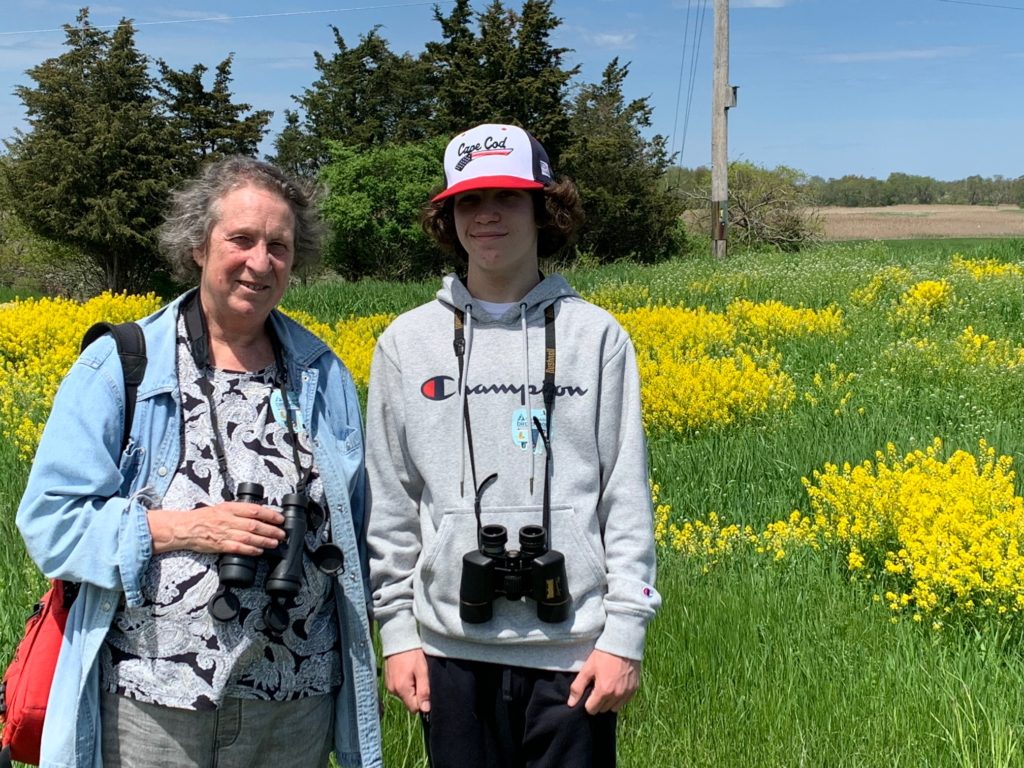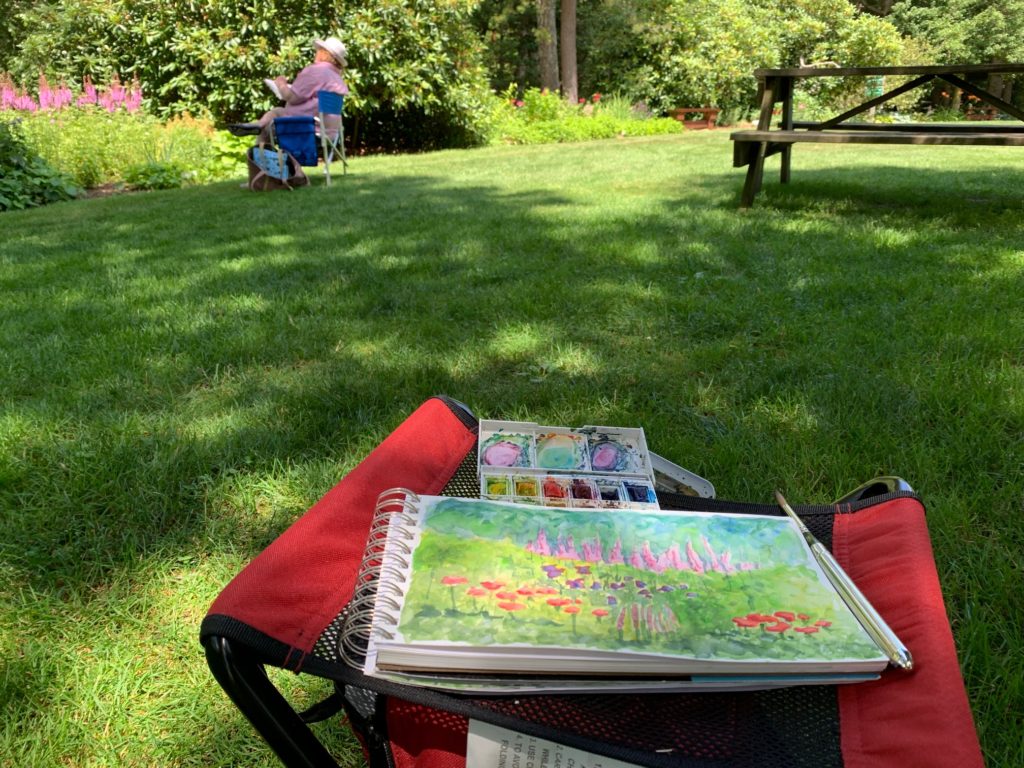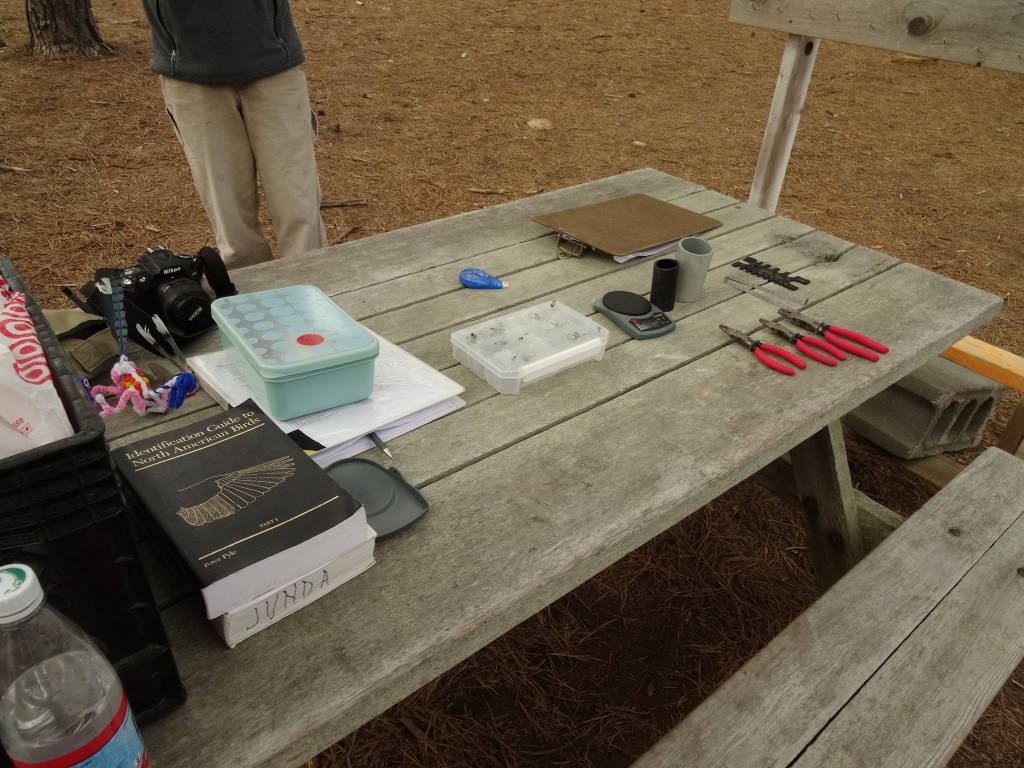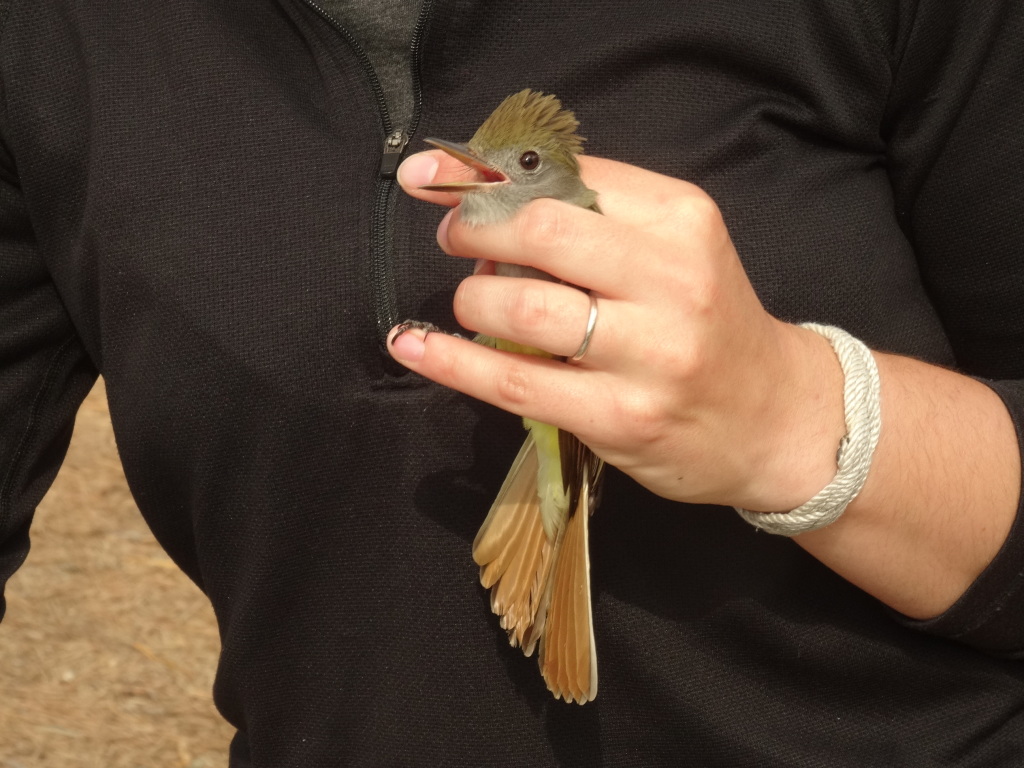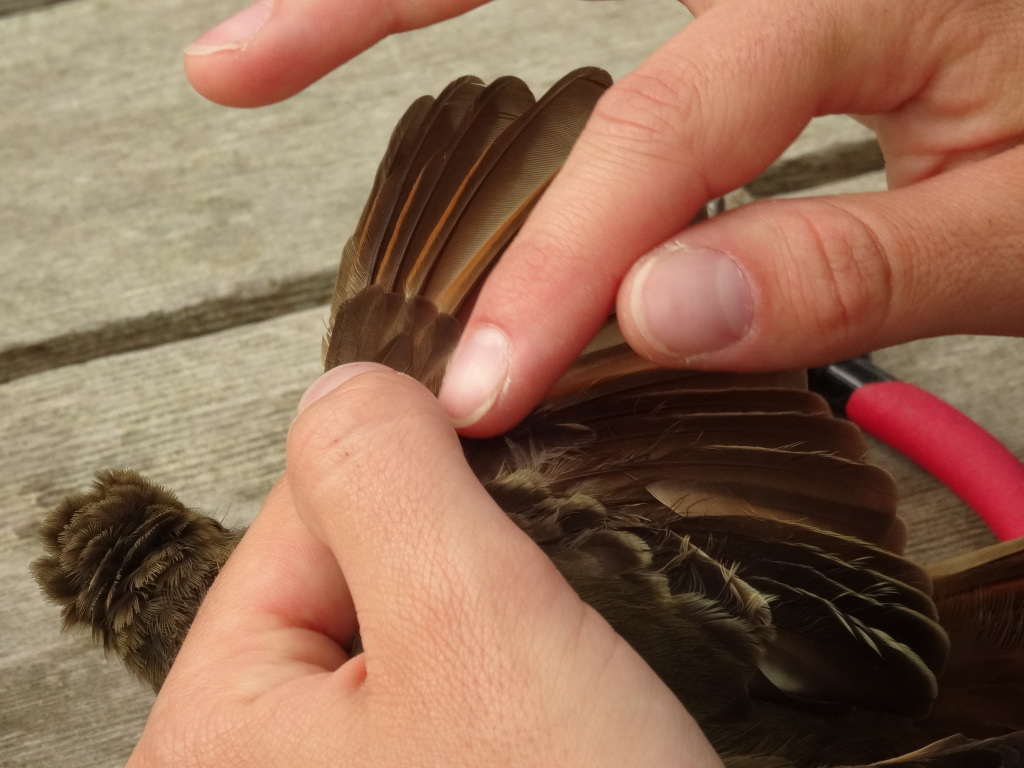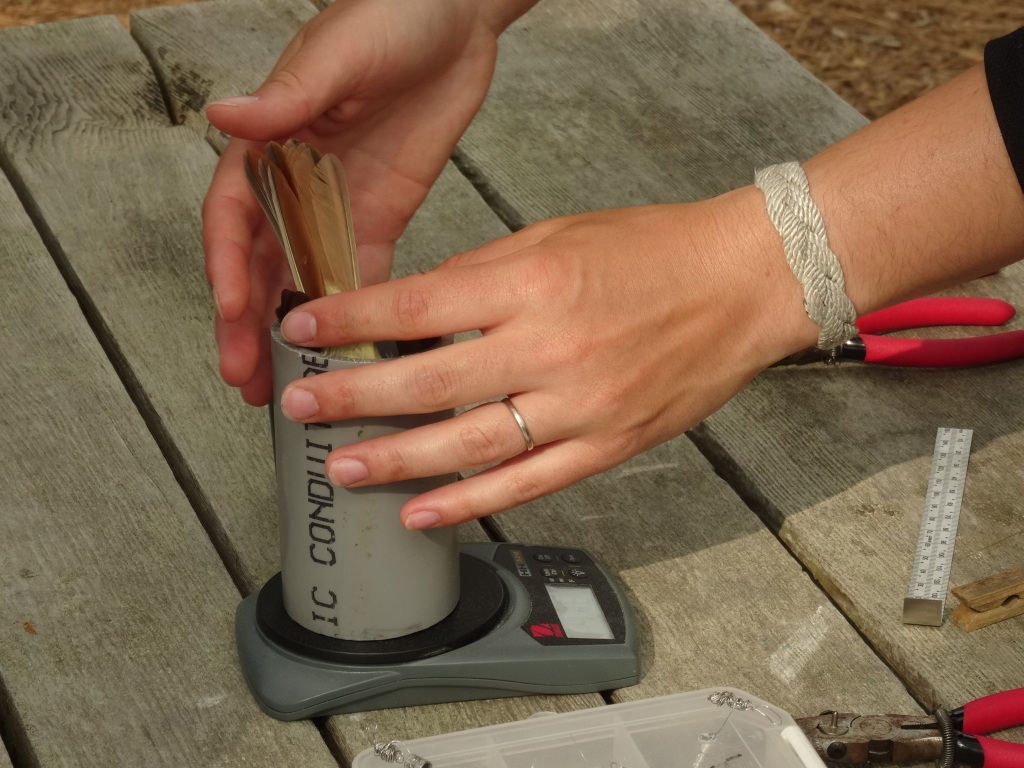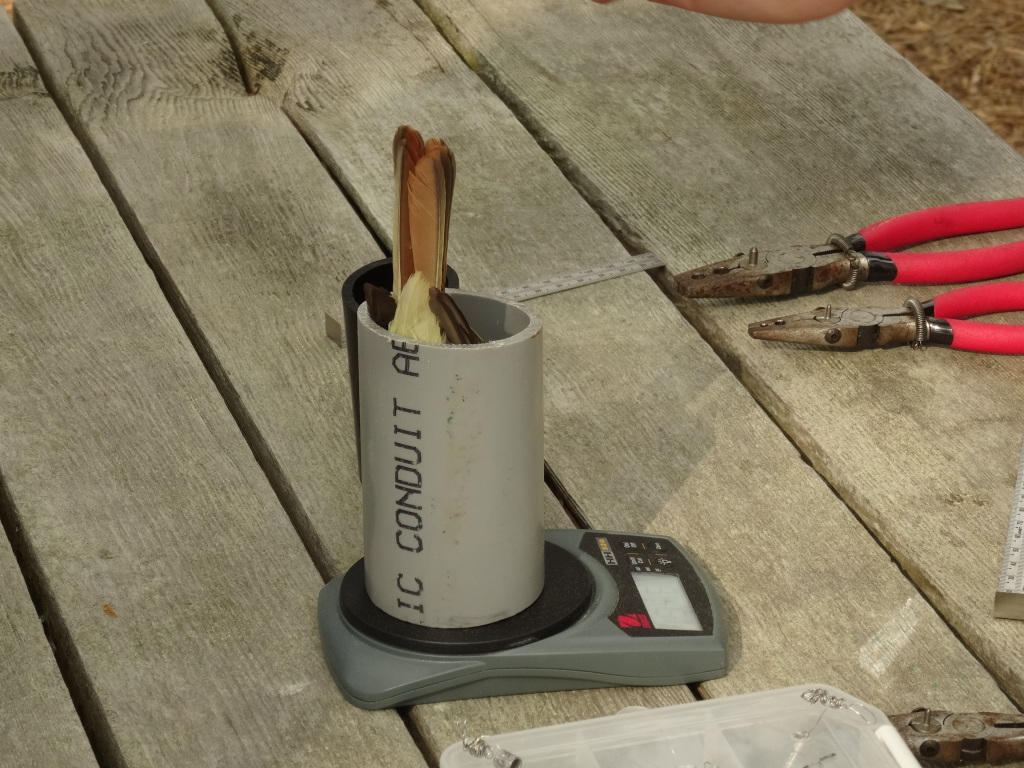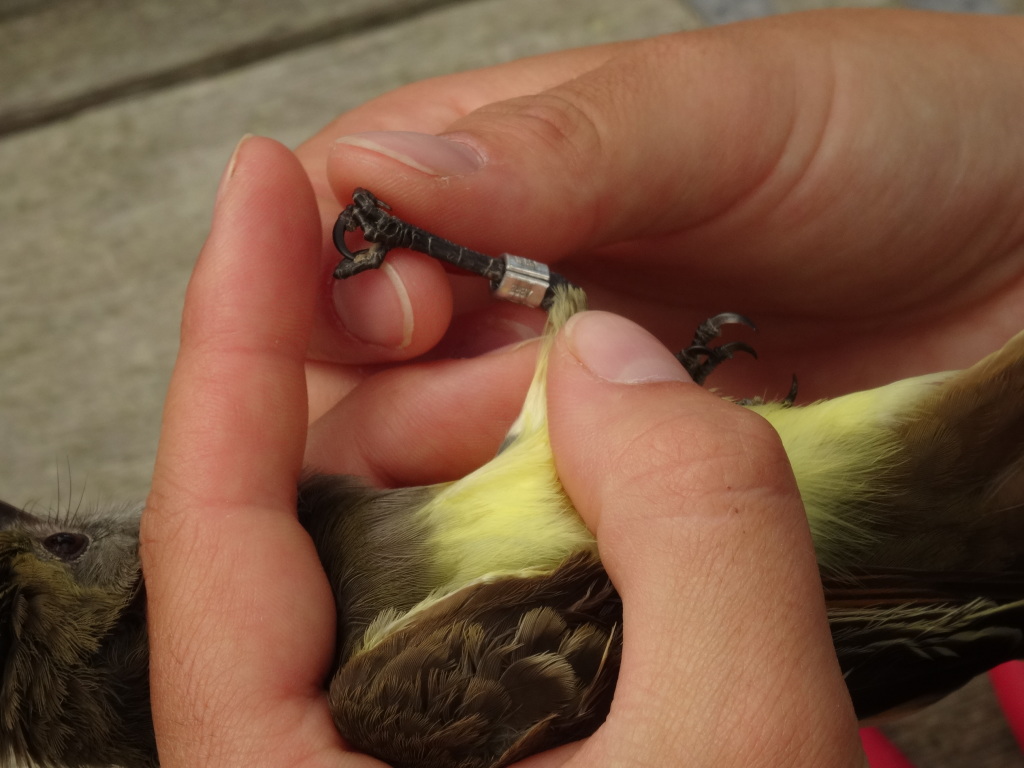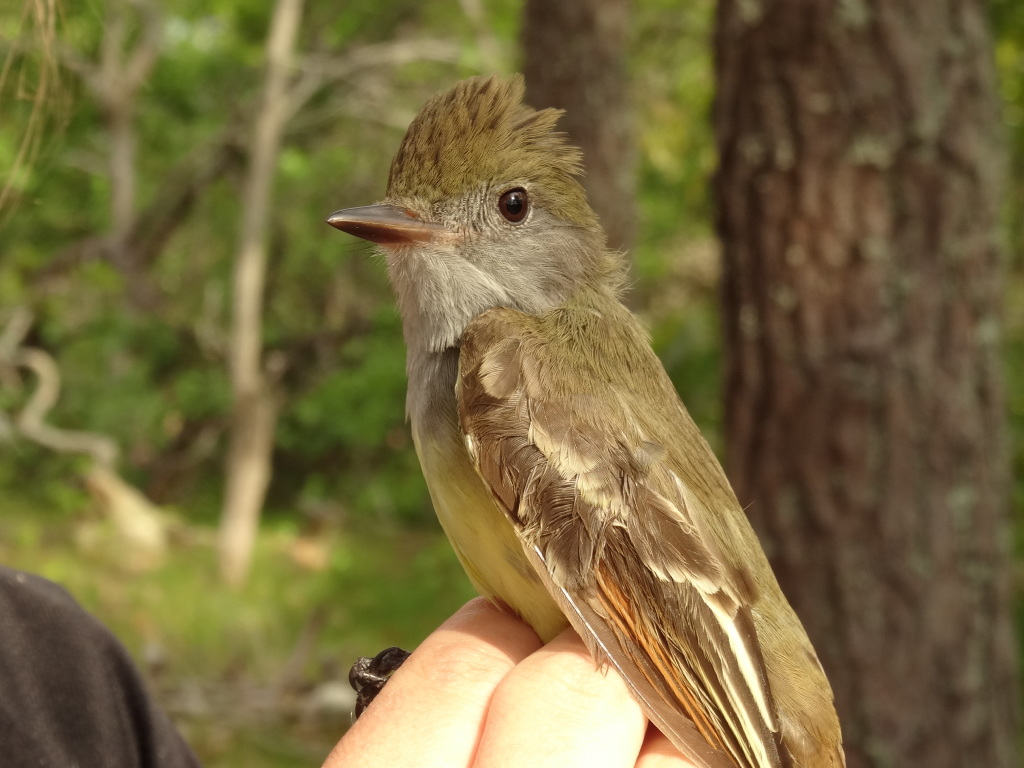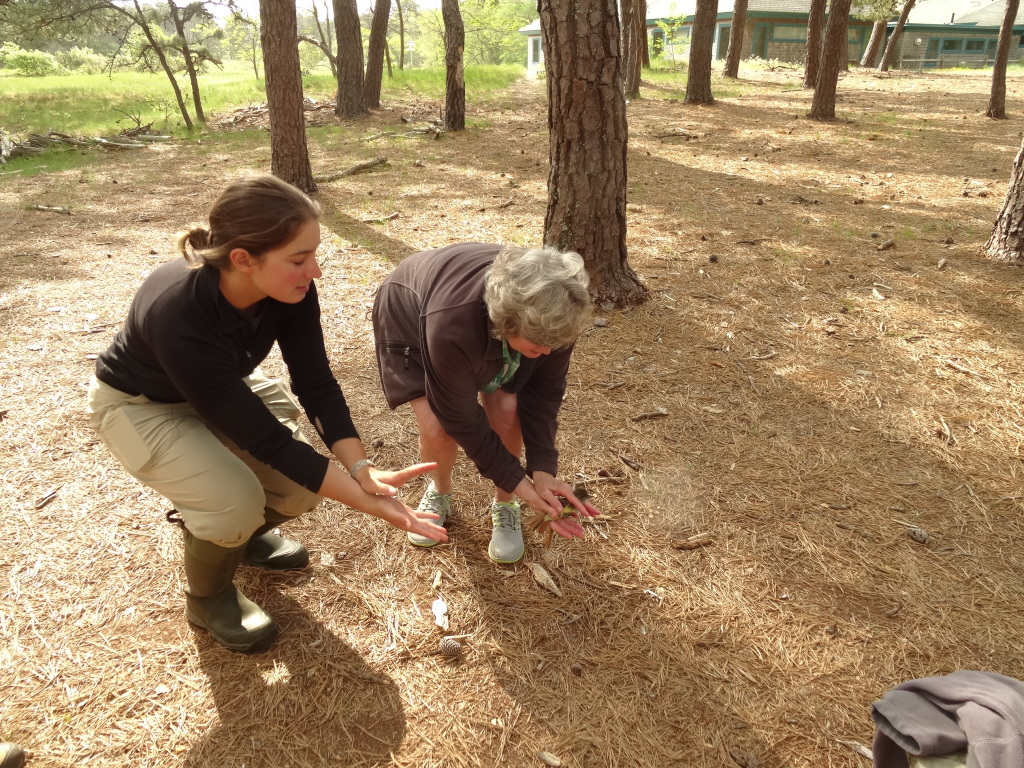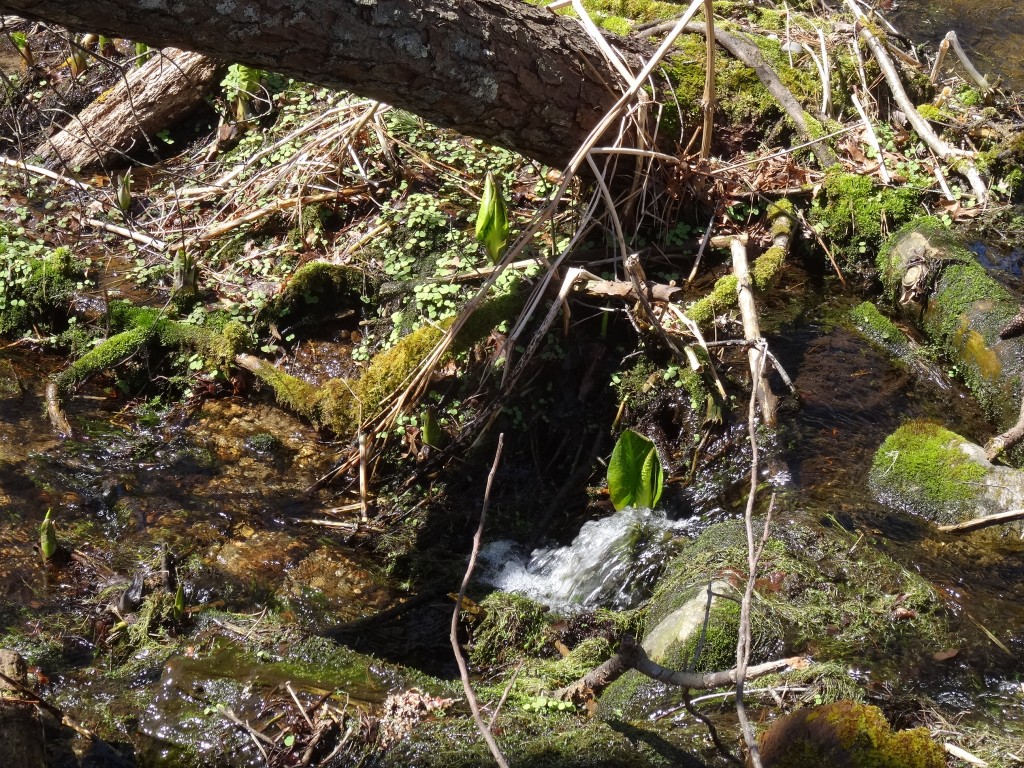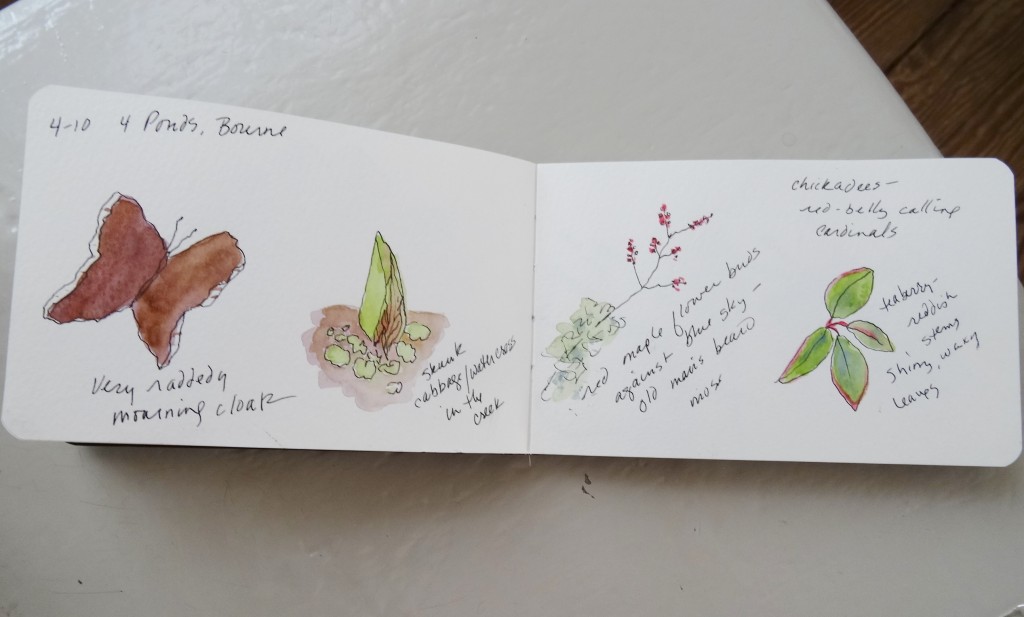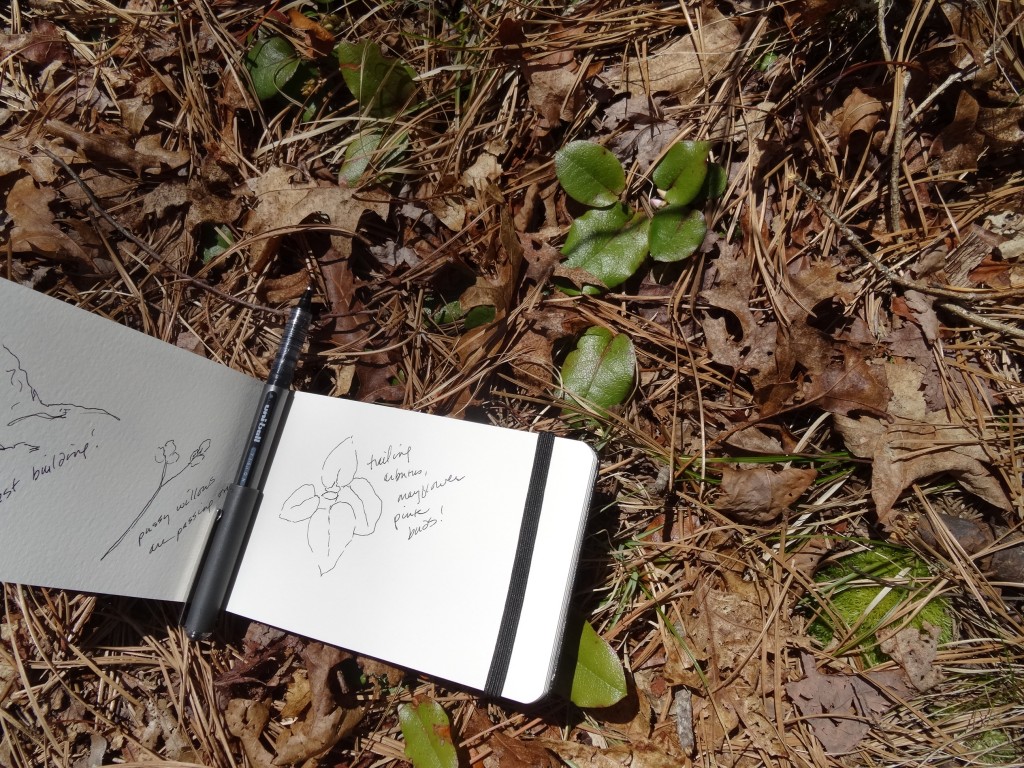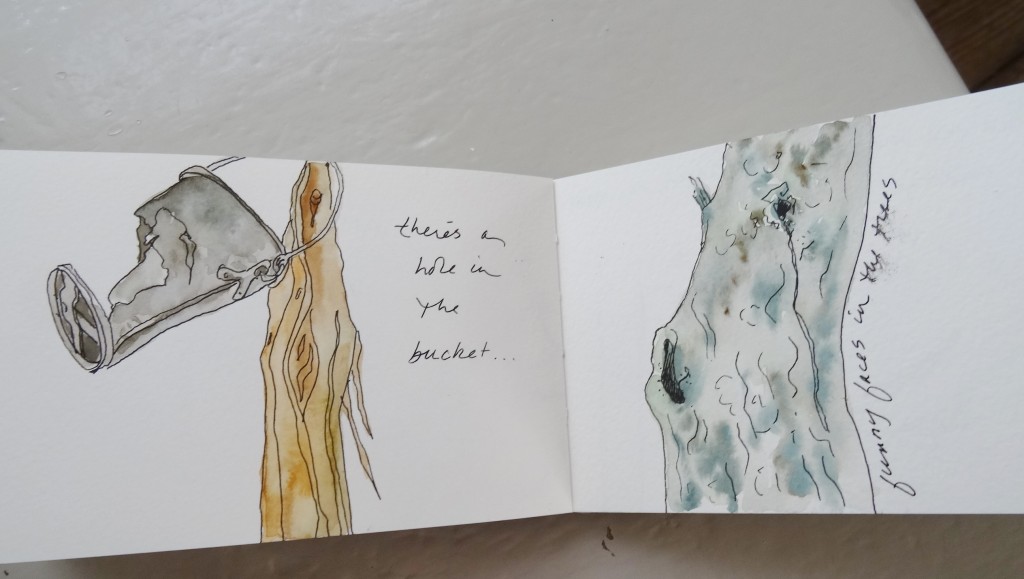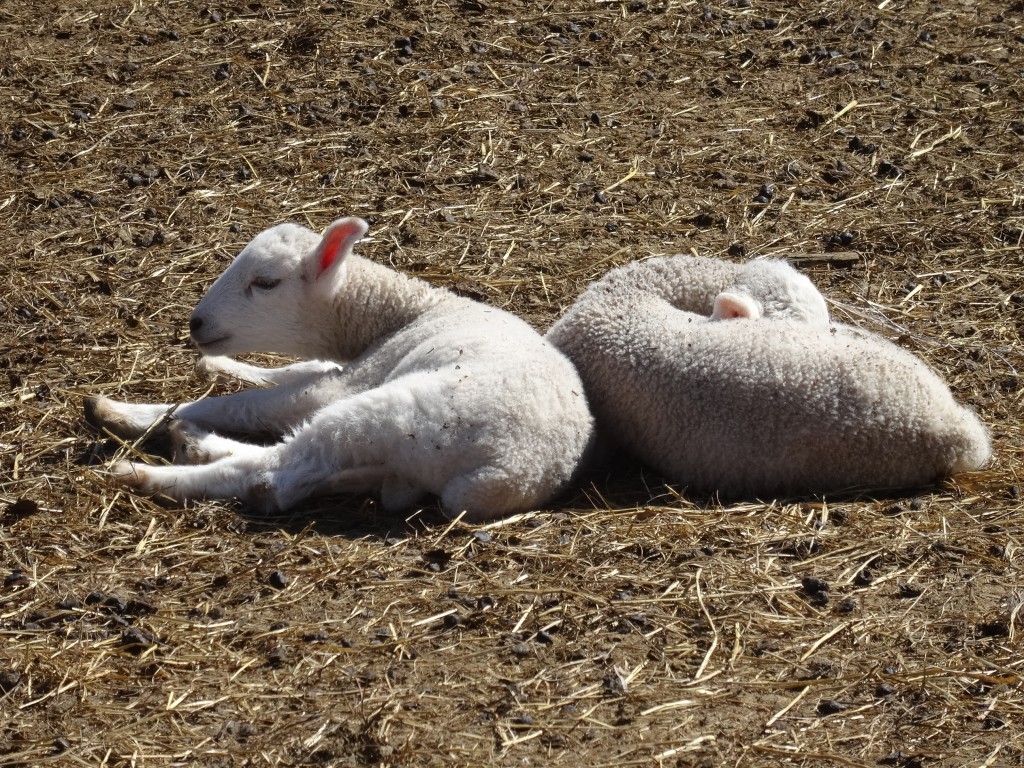Sure, the summer was hot, humid, and still incredibly dry here on Cape Cod. Twice I cancelled class because of predicted rain that never materialized. Mostly, however? This summer was amazing. We went to locations all over the Cape on Thursday mornings and sketched and watercolored enough memories to help get us through the cold months ahead.
We begain in early June at one of my favorite outdoor places to paint, the Shirley Cross Wildflower Garden and grounds of the Green Briar Nature Center in East Sandwich. We were serenaded by birds, watched by painted turtles and rabbits, and surrounded by beauty everywhere we turned.
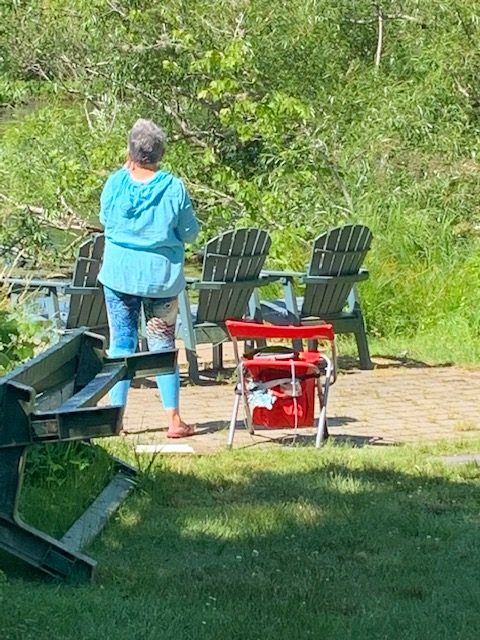
The Stony Brook Herring Run and Grist Mill in Brewster is always a wonderful location. The birds were amazing–herons and egrets in feeding frenzies down in the creek with ospreys calling overhead as the baby herring headed back toward the sea. There are so many lovely vistas and subjects to draw and paint that we could return there again and again.
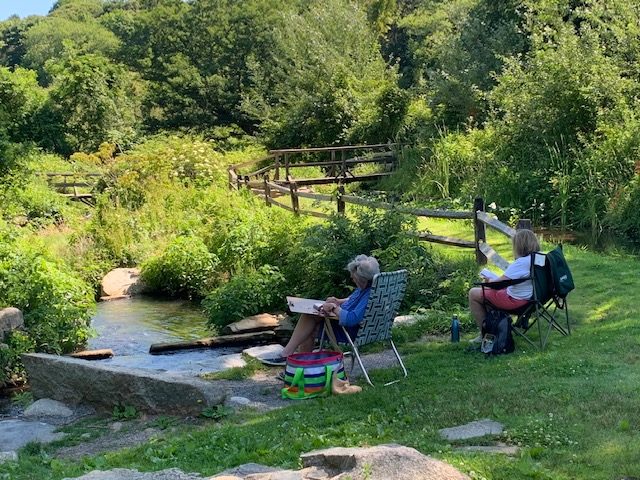
The next class was held at Frances Crane Wildlife Refuge off Rt. 151 in Falmouth (Hatchville). Always a wonderful place for colorful wildflowers and butterflies and on this day, model airplanes being flown by the local club.
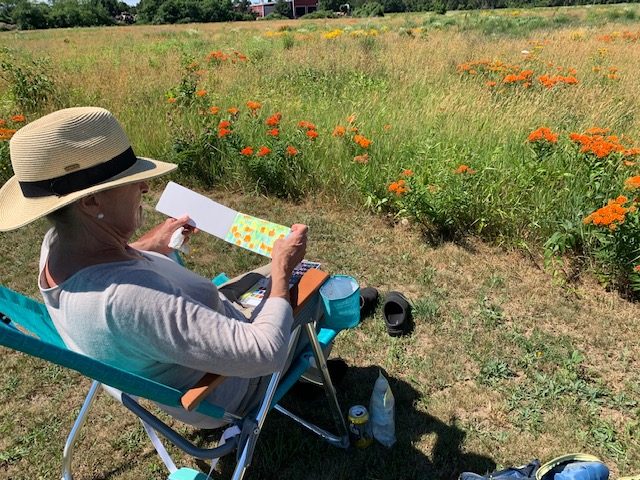
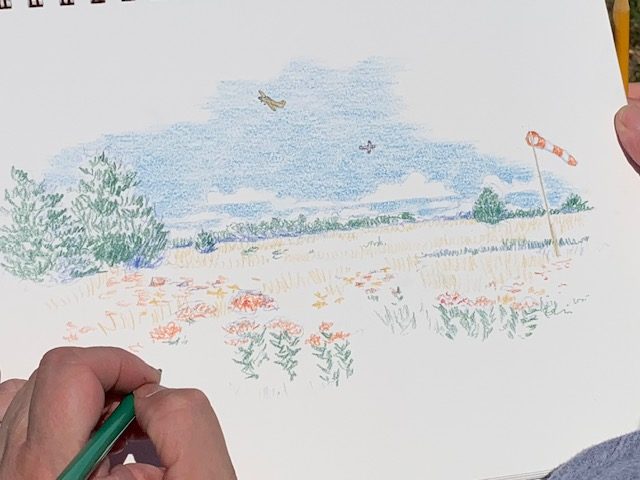
A private garden tucked away in historic Sandwich Village is always one of our favorite spots and it didn’t disappoint this summer. In fact, the gardens seemed even more beautiful this year.
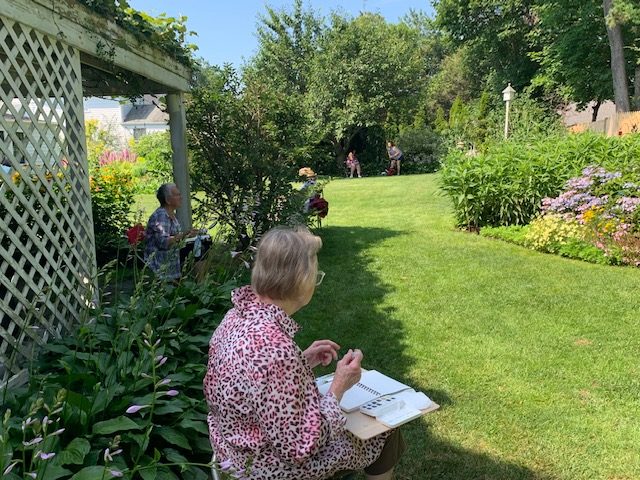
Popponesset Marketplace in Mashpee seemed like a fun spot to try out. There were lots of architectural elements and some fun people watching and sketching, too.
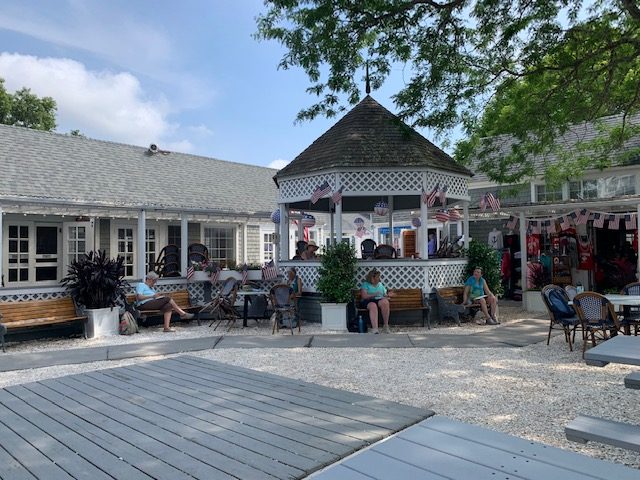
Bismore Park at Hyannis Harbor is another picturesque spot that is easily accessible and fun to visit.
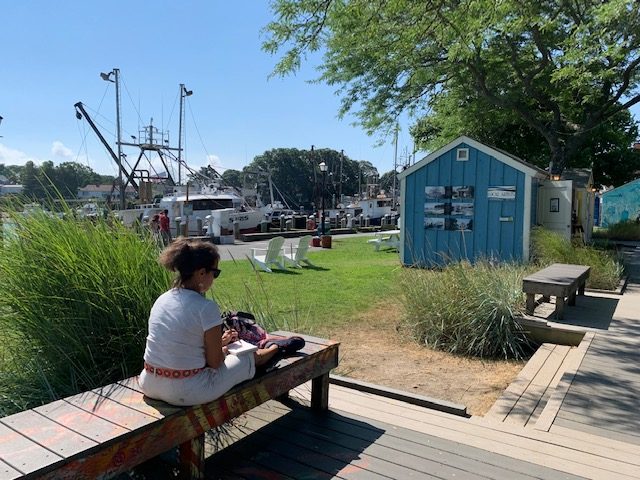
The green in YarmouthPort where the Gorey House is located was a new one for us this year and although rain was predicted it waited– just until we had finished.
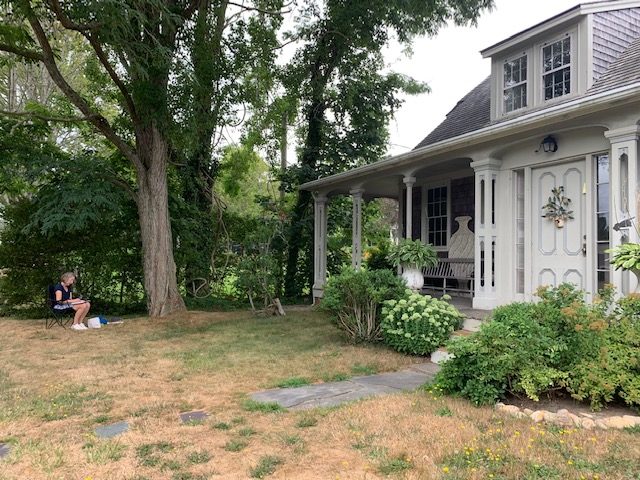
Our plan to visit Bourne Farm was quashed when we got there and found it closed for a special event but the lovely director there pointed us to a nearby cranberry bog which turned out to be a lovely location.

The grounds of the Aptucxet Museum and Trading Post in Bourne have turned out to be among our regular places to go since it offers multiple subjects and views. This summer most students chose to paint by the Cape Cod Canal where there was a breeze.
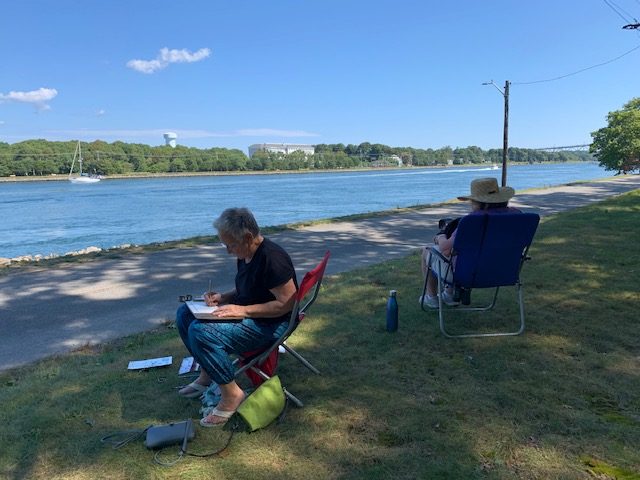
Last week we went to Wellfleet Harbor where we stayed for lunch and an ice cream from Mac’s on the Pier and a visit to the Frying Pan Gallery. It’s another great location with many options to paint.

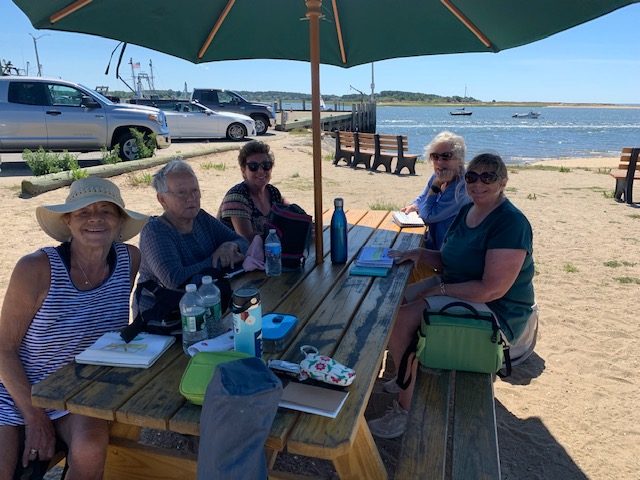
This week is our last and we will meet at Spohr Gardens in Falmouth to close out the season.
After that we will have 3 all day trips–to Provincetown, Nantucket, and Martha’s Vineyard.
Thanks to all who attended my outdoor classes. We had crowds of 14 and intimate groups of 2 and 3. These classes have been my favorites every year ever since I began them back in the 80s.
If you are interested in learning more, please email me at capecodartandnature at gmail.com to be added to my email list.


